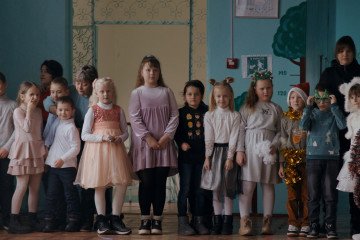- Category
- Culture
10 Years Ago, Donetsk's Revolutionary Art Space IZOLYATSIA Was Seized and Turned Into a Torture Camp
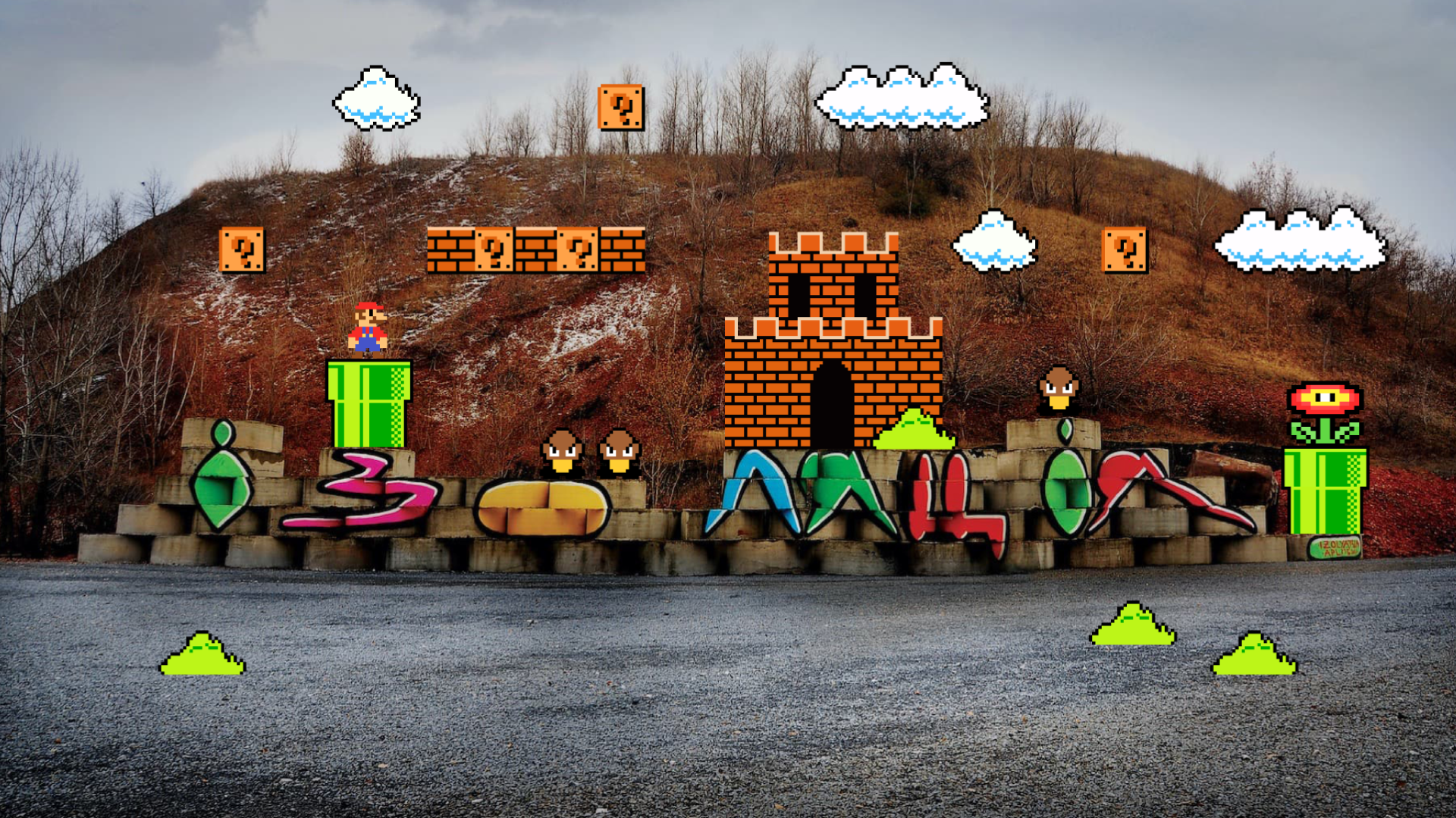
From a Soviet insulation materials factory to a Ukrainian art center for cultural freedom to a notorious Russian torture camp—IZOLYATSIA (ІЗОЛЯЦІЯ in Ukrainian) has seen it all.
When you speak to Ukrainians about some of the places lost in Donetsk as a result of Russia’s occupation of the city, some will tell you of the Donetsk airport, others of Donbas Arena, and many of IZOLYATSIA.
IZOLYATSIA was a unique art center in Donetsk that was created in 2010. Its name became very symbolic along the journey of its existence. The word “izolyatsia” in Ukrainian means “isolation/insulation.” The art foundation emerged on the site of an abandoned insulation materials factory and became a true center for culture in Ukraine. But in 2014, the symbolism of its name took a more sinister meaning.
Exactly ten years ago today, on June 9, 2014, Russia seized IZOLYATSIA—along with all of Donetsk—and turned the art space into a now infamous concentration camp, illegal prison, torture chamber, and ammunition warehouse. Not only was Donetsk now isolated from the rest of Ukraine, but so were the prisoners inside the new prison.
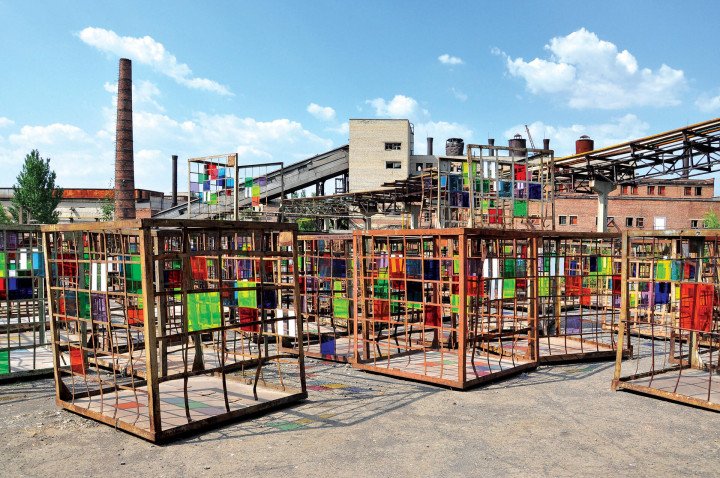
To grasp the full essence of this loss for Ukraine, it is vital to start with the bright period when this art space appeared in Donetsk, a city in Eastern Ukraine known for its industrial background. The initiative was unique for the region. In a short period of time, it managed to become an “art Mecca” for Ukraine and, most importantly, for the local youth. It offered space for exhibitions, seminars, workshops, and residents.
Liubov Mykhailova is the founder of IZOLYATSIA. Her father was the director of the insulation factory for more than 50 years. The factory was established in the 1950s and fell into decay after the collapse of the Soviet Union. Eventually, it went bankrupt and closed in 2005.
Since its inception, IZOLYATSIA strived to be a catalyst for cultural decentralization by implementing projects in various regions and stimulating critical thinking to counter apathy regarding the development of civil society. The foundation attempted to push knowledge about Eastern Ukraine's social and cultural context.
Oleksandr’s path with IZOLYATSIA
Many young Ukrainians from the East of Ukraine who have had to flee their home in Donetsk still have a deep connection to the cultural center. One of these people is Oleksandr Manukians, a Ukrainian artist and creative—and also our graphic designer. We learned about his Donetsk roots during one casual conversation at the office. That is when he passionately shared his deep connection to IZOLYATSIA.
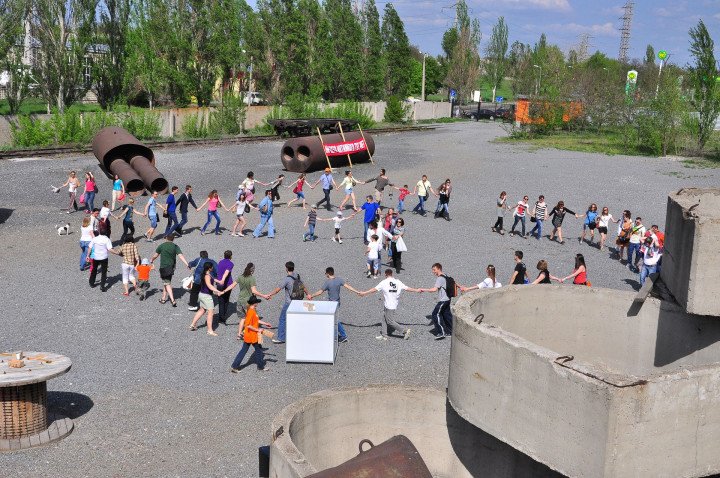
In the city where sports prevailed over art, “the phenomenon of IZOLYATSIA emerged as if it was a UFO,” Oleksandr told us.
He first heard of IZOLYATSIA from his college friend in early 2011. At that time, the newly opened project was in search of interns. As a Donbas National Academy of Civil Engineering and Architecture student, Oleksandr saw this as a unique opportunity for himself and decided to join the team.
He found it surreal to take a 45-minute bus to the outskirts of Donetsk to end up at an art center in the middle of an immense industrial area.
Oleksandr became a fixer for an art production crew, that came along with Daniel Buren, a French conceptual artist, painter, and sculptor. It was his first time encountering foreigners, making him learn English quickly.
Together they began working on the project "Dans les filets, la couleur" (“In the Nets, Color”).
“We had to drill pieces of plexiglass thousands of times and fix it to a hundred metal cages, and I loved it,” he remembers with a smile on his face.
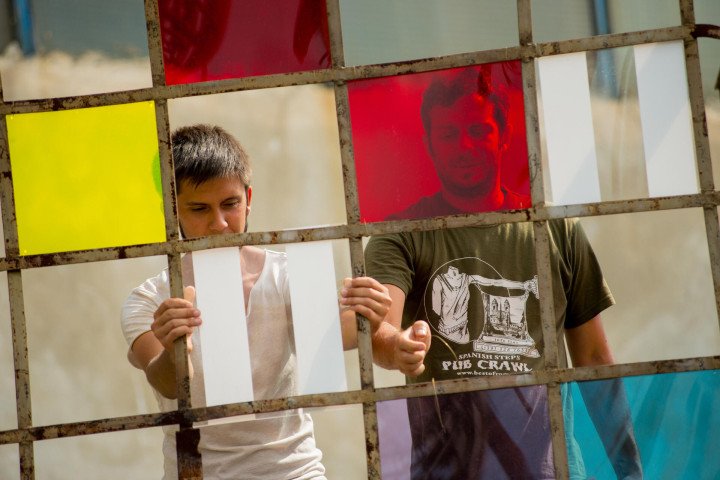
Shortly after, IZOLYATSIA’s team approached Oleksandr and asked him to become a mediator of Daniel Buren’s project and other exhibitions of the foundation. His journey with IZOLYATSIA began that day, lasting for the next 5 years.
The initiative rapidly grew into a leading force shaping the region's cultural identity, attracting promising young artists from all corners of Ukraine as participants and sparking interest in marginalized clusters of society.
Over 4 short years, the number of people visiting the ‘IZOLYATSIA’ Foundation grew from 600-1000 in 2010 to 20,000 people in early 2014.
Projects at ‘IZOLYATSIA’ featured diverse talent, from rising Ukrainian stars like Roman Minin and Zhanna Kadyrova to established international figures like Cai Guo-Qiang and Rafael Lozano-Hemmer.
“It was a magnet for Kharkiv youth. People came from all over the region, and sometimes even from Kyiv, to see ‘IZOLYATSIA’ in Donetsk. There were many lectures, performances, parties, and literature evenings. The scale was huge. It was a phenomenon on a big scale,” Oleksandr says.
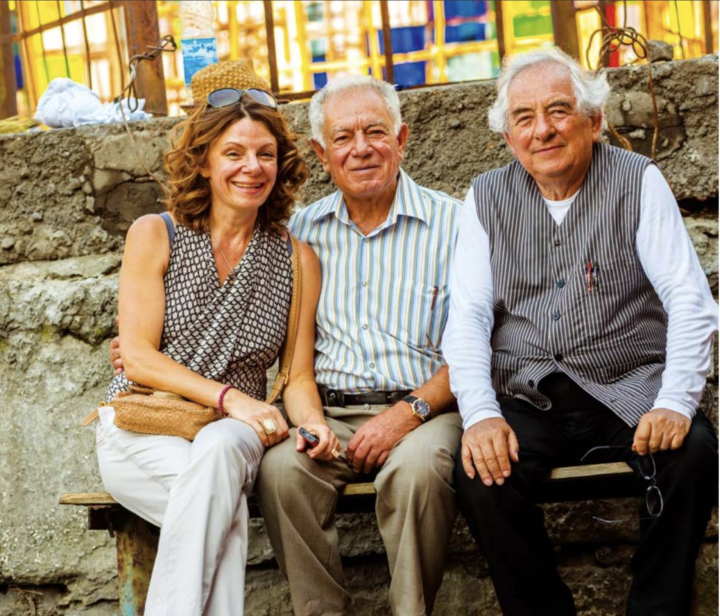
Prerequisites to the occupation of IZOLYATSIA
The year 2013 marked a turning point for the ‘IZOLYATSIA’ Foundation. During an educational conference for non-profits, TechCamp Donetsk 2.0, on April 4, pro-Russian activists attacked the Foundation's venue.
“It was a weird combination of people carrying Russian flags, orthodox symbolic, retired citizens, and people wearing bizarre reenactment military uniforms,” Oleksandr recollects the events in his memory.
Eventually, the group managed to hijack the event. These very individuals would later form the core of Russian occupation forces in Ukraine's eastern Donbas region.
IZOLYATSIA’s seizure
Mykhailo Hlubokyi, Director of Development and Communications of the IZOLYATSIA Foundation, was directly involved in the events during the Russian seizure of the IZOLYATSIA Foundation in 2014.
“On June 9, 2014, armed representatives of the Russian occupation administration, along with Roman Lyagin, who was implicated in organizing the so-called referendum in the Donetsk region, seized control of the factory premises. The armed group established firing positions and took representatives of the IZOLYATSIA Foundation hostage,” Mykhailo remembers.
Following the seizure of the territory, representatives of the ‘Izolyatsia’ Foundation salvaged a collection of Socialist Realism art on the first day.
“The invaders deemed these Soviet-era paintings—depicting life in industrial Donbas—non-threatening. Conversely, most modern art pieces were branded "degenerate" and withheld from the foundation team.”
After the first day, all communication ceased, and the Russians denied access to the territory, effectively preventing further rescue efforts.
Many of the artworks—trapped within the occupied territory of the foundation—were destroyed, reduced to scrap metal, or repurposed for building checkpoints around the city by Russians.
Russia didn’t just steal an art center; it stole a big part of Ukraine’s developing culture. It shows, once again, how Russia’s imperialism is still alive and thriving and has not been rethought by Russian society and intellectuals.
The sculpture series of Maria Kulikovska's «Army of Clones» were used as targets by Russians.
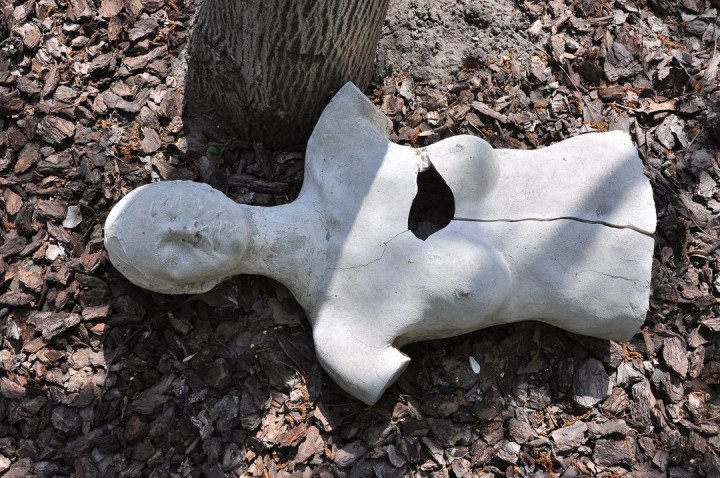
Make up... Peace!
One of the most recognizable symbols of IZOLYATSIA was the “Make up... Peace!” artwork, a 5-meter lipstick installed on the factory’s furnace chimney. It was created by Pascale Marthine Tayou, an artist from Cameroon, as part of the IZOLYATSIA Foundation’s group art project “Where is the Time?” As an artist, Pascale tackles post-colonial issues, globalization, and other problems of modern society:
“I wanted to create my own symbol of love and hope, because, from my point of view, Donetsk is not just a city of mines and scrap metal, but also an island of dreams, willing to share its hidden treasures,” Pascale Marthine Tayou explained.
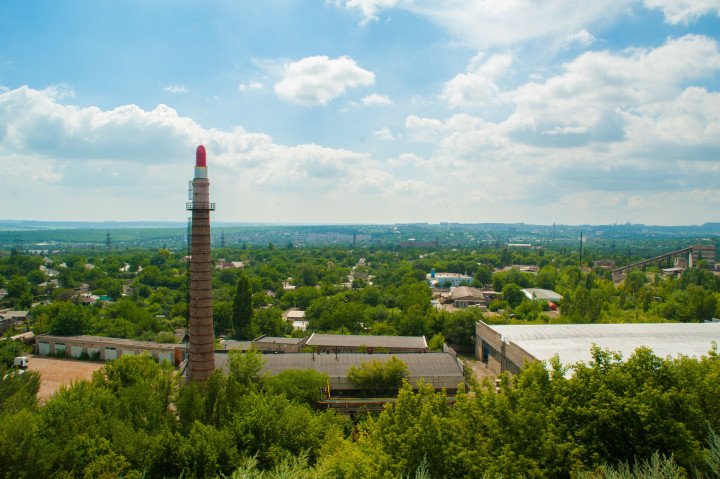
Donetsk suffered greatly from bombings during the Second World War. Pascale learned that women played the main role in re-constructing Donetsk and creating new factories. He decided to honor Ukrainian women with his project “Make up…Peace!”
However, in 2015, a video of the destruction of the “Make up... Peace!” artwork appeared online. In it, representatives of the Russia-backed illegal armed formations blew up the lipstick.
Video of Pascale Martine Tayou’s “Make Up!” piece being destroyed by DPR paramilitaries in Donetsk.
An illegal prison and torture camp
Apart from destroying the art and the space itself, Russia-backed illegal armed formations turned the location into an infamous prison camp—one of the many within Russia’s new carceral infrastructure in temporarily occupied territories of Ukraine. They quickly understood that the thick walls and the basements of the factory made it a prime location to torture those with “pro-Ukrainian views.” That is why they set up isolation cells and torture chambers in the rooms where art was once created.
IZOLYATSIA was turned from a space that encouraged freedom of thought to one that embraced beatings, choking with plastic bags, electric shocks, mock executions, sexual violence, and other forms of torture. Such a drastic change became symbolic to many Ukrainians; it made it obvious what Russia stood for and what Ukraine was fighting for–and against.
IZOLYATSIA’s role in retrospect
“I think neither the IZOLYATSIA team nor I were aware of this mission/function. When I worked in IZOLYATSIA, I did not think about it at all, nor did I think that war was even possible and that it would take place right there, in my hometown,” Oleksandr told us.
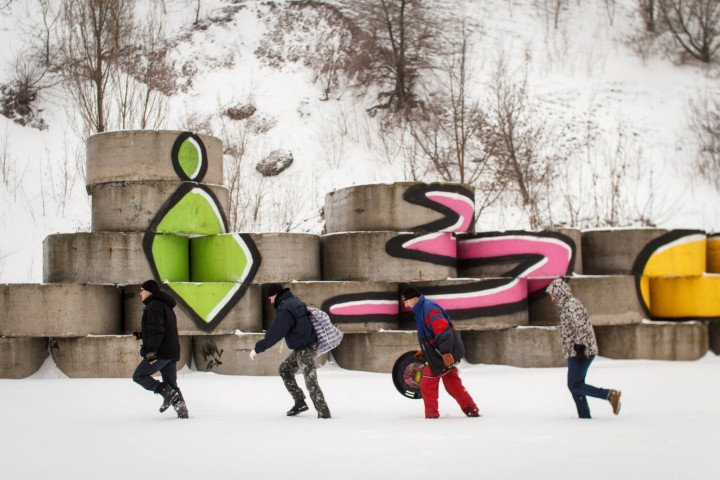
As we were wrapping up our interview, we asked Oleksandr if he wanted to add anything to his story. He recalled that he initially did not think of the idea of culture as a safeguard against war and violence, but it came to him over time.
In retrospect, Oleksandr understood the significance of the joint work of the foundation team, the Ukrainian and foreign artists, curators, students, volunteers, activists, and ordinary local residents.
“Maybe this process started late, maybe we just didn't have time, maybe we didn't do enough. There are a lot of ‘maybe’s.”
But the trigger was pulled. The fact that a cultural institution has turned into the most horrible place imaginable is not just symbolism or a bad joke.
“I think this is a vivid example of exactly what "values" the enemy carries. How important it is for him not just to destroy everything in his path but to mock his victim. This is a shining example of cynicism, the most vivid illustration of evil that I have ever seen.”
-f88628fa403b11af0b72ec7b062ce954.jpeg)
-ba02b3bc86f0b624f99115809a6a34d0.jpg)
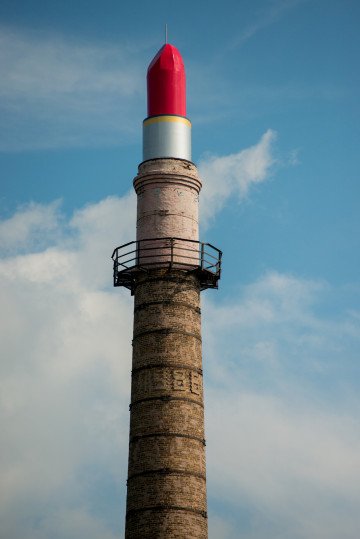
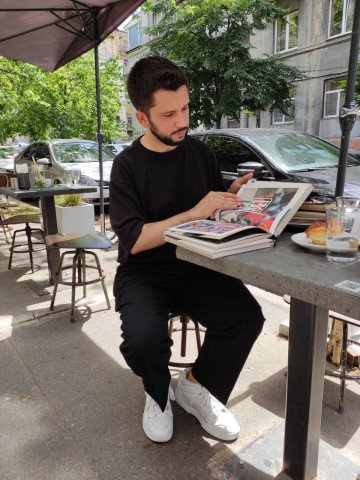
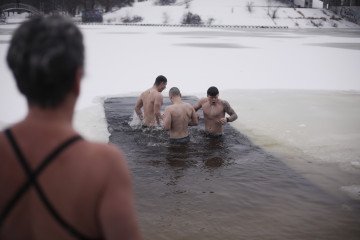
-554f0711f15a880af68b2550a739eee4.jpg)
-3f32748f66f2315d221d5623d88a1687.jpg)


